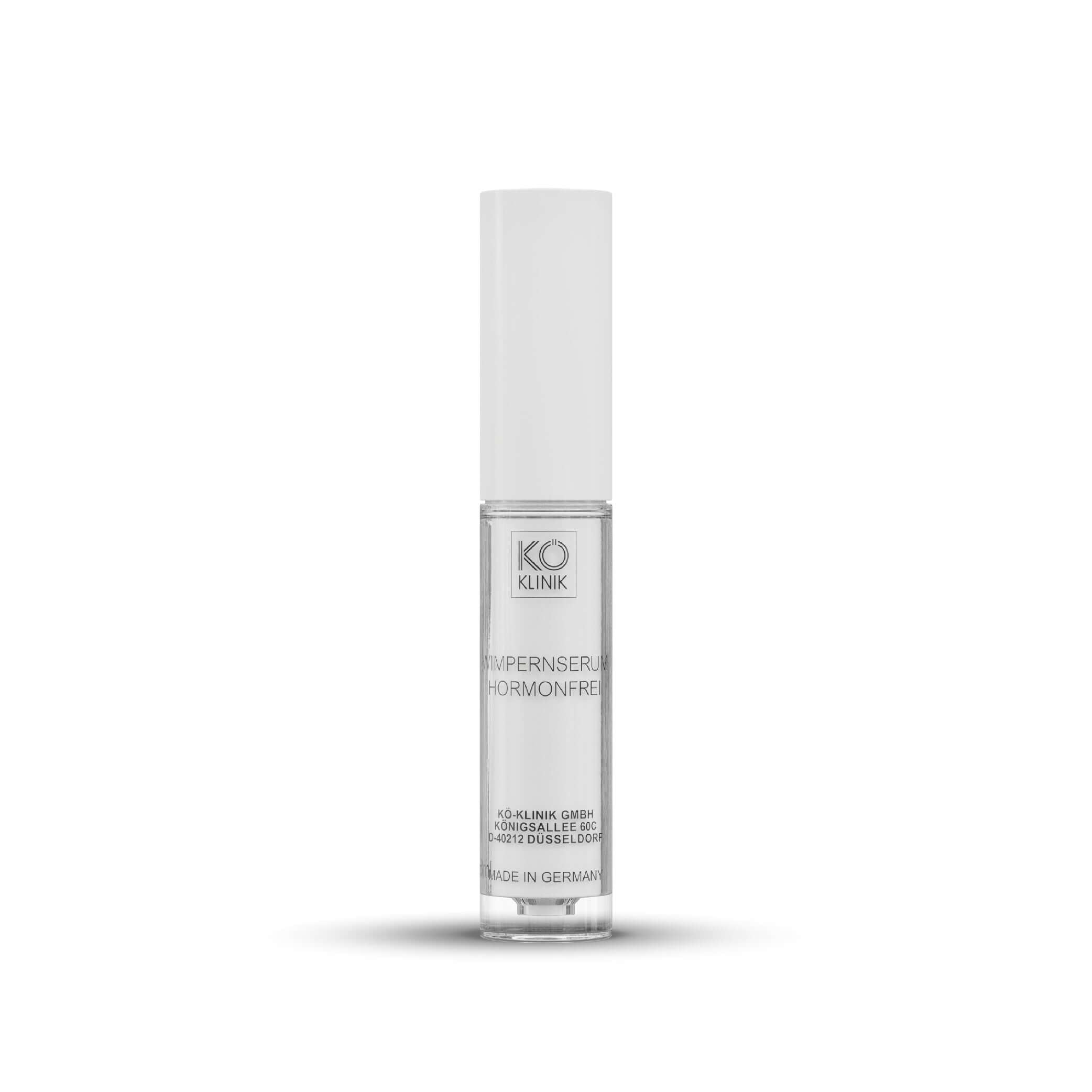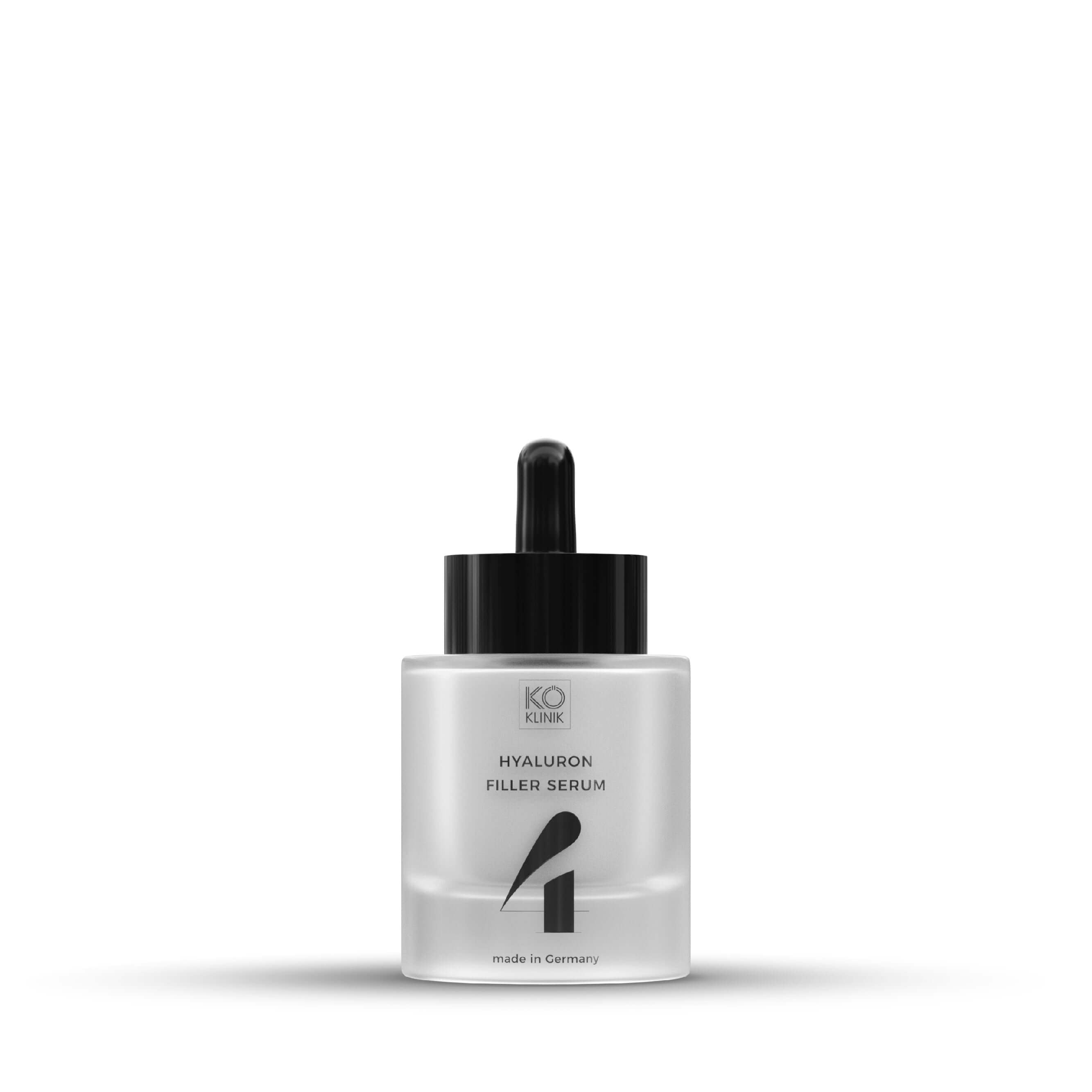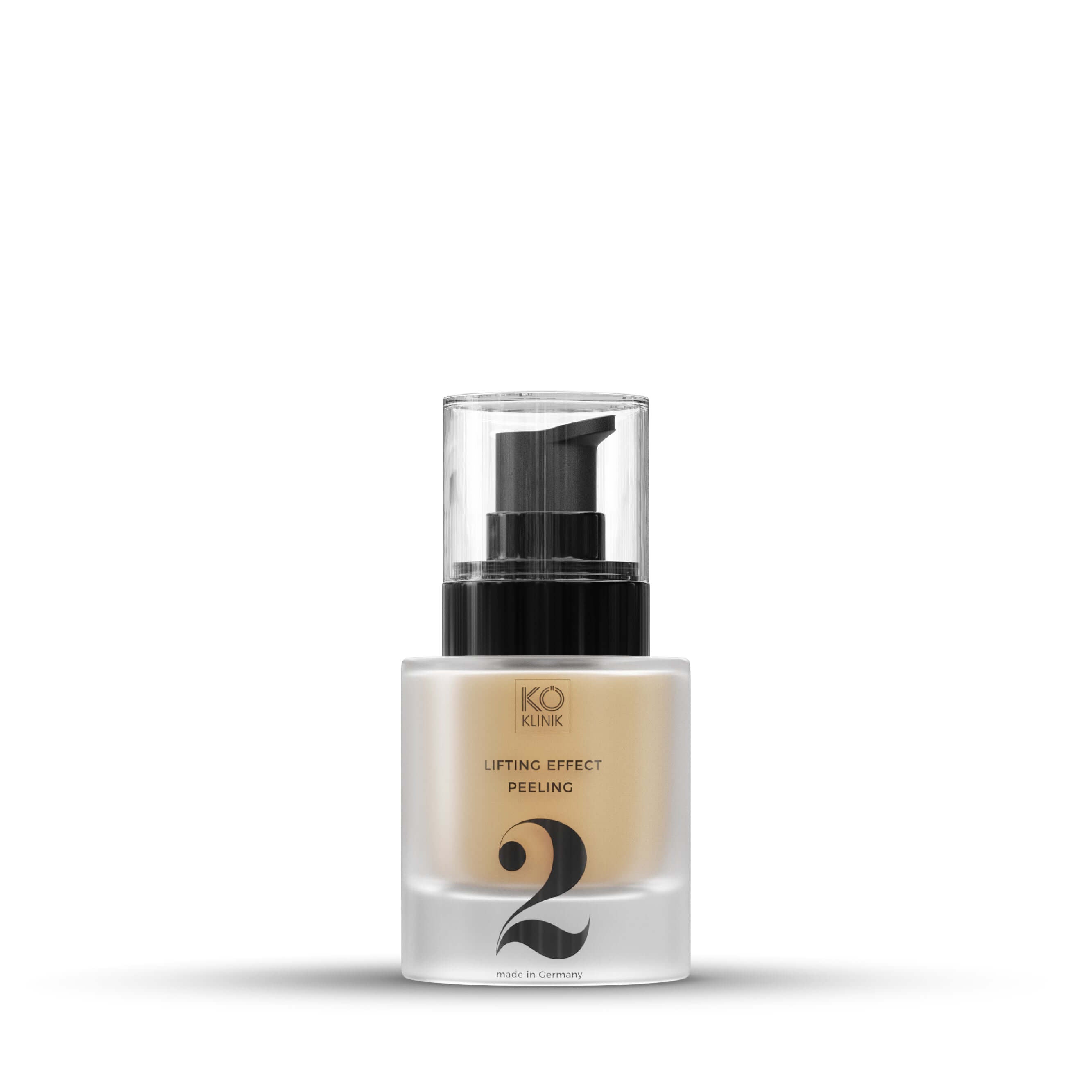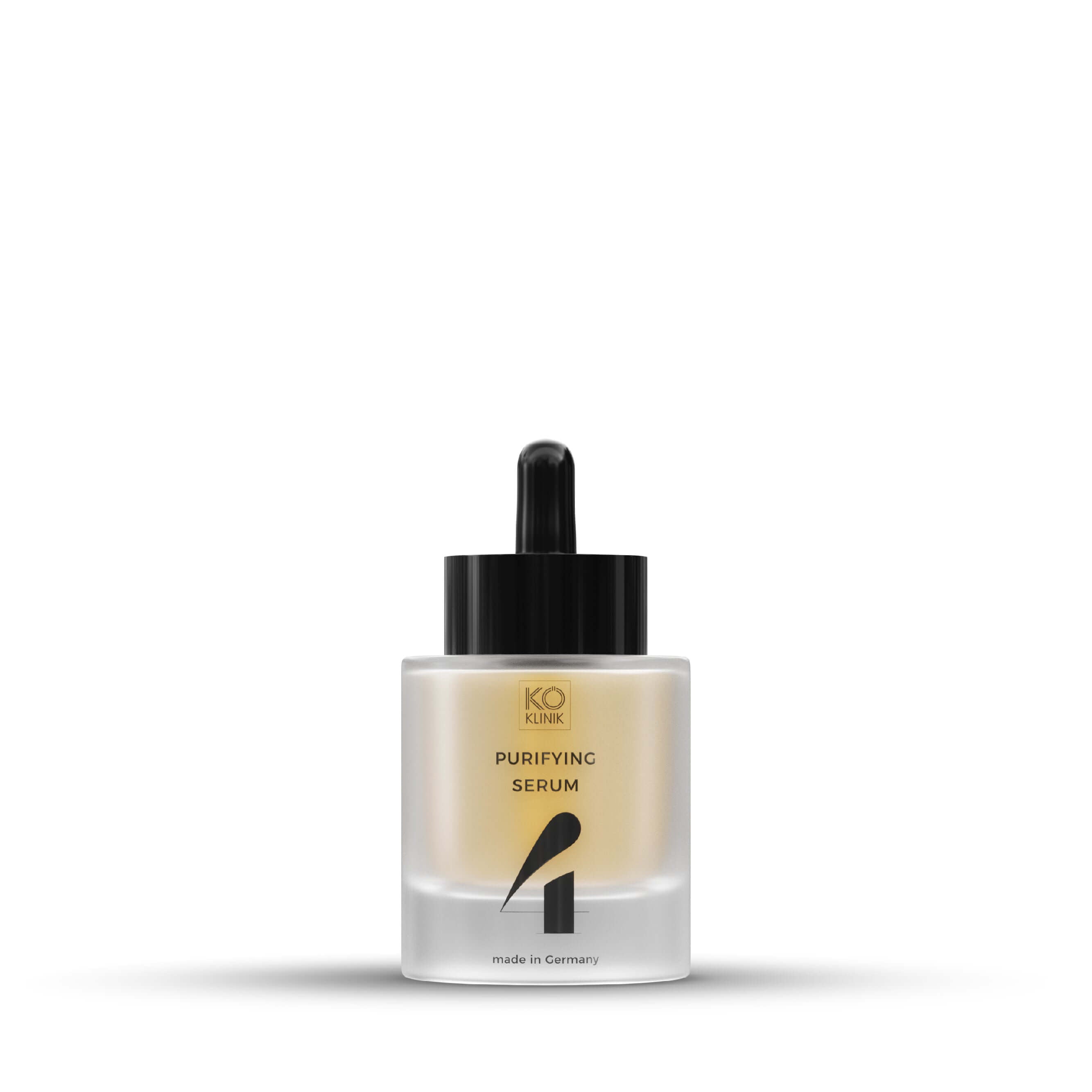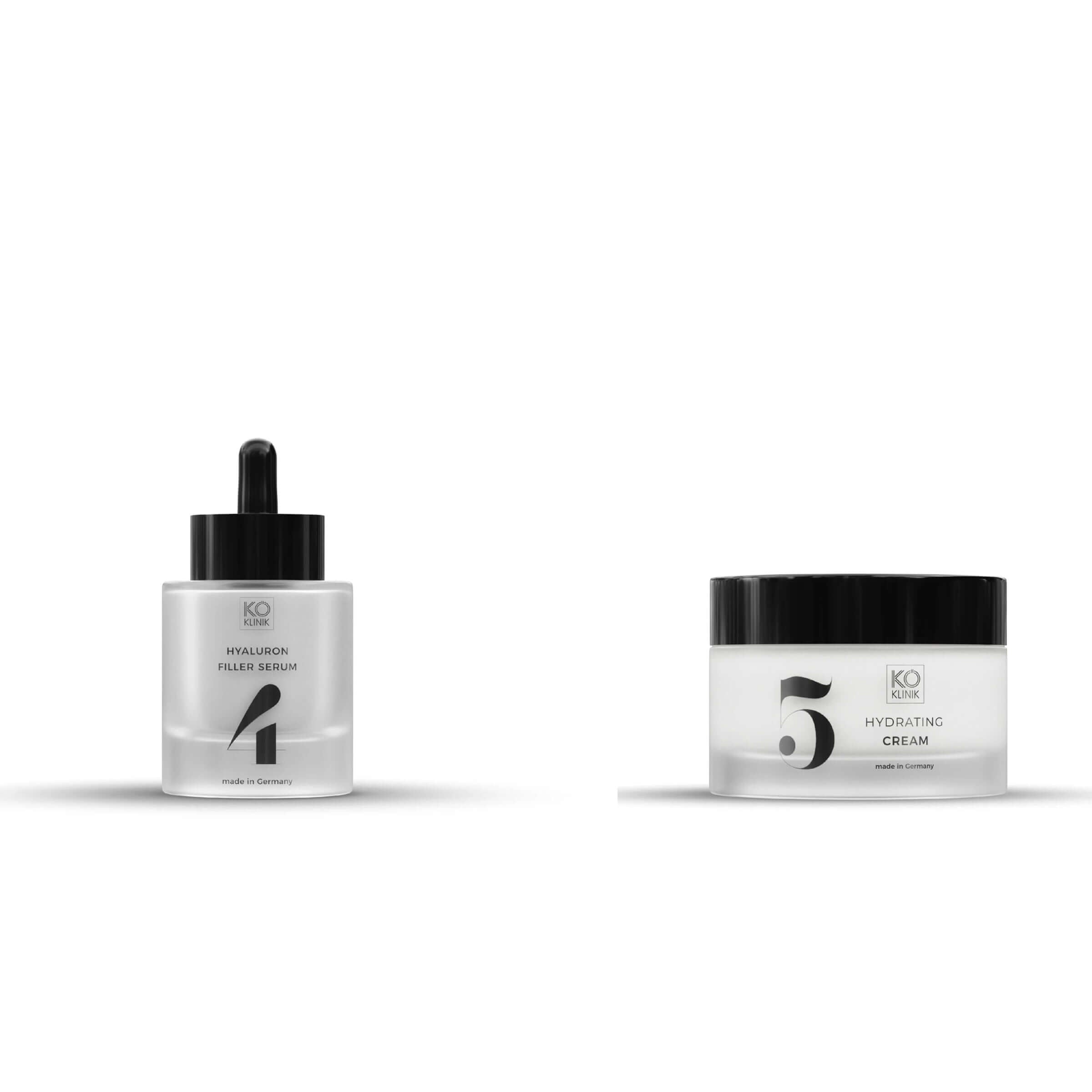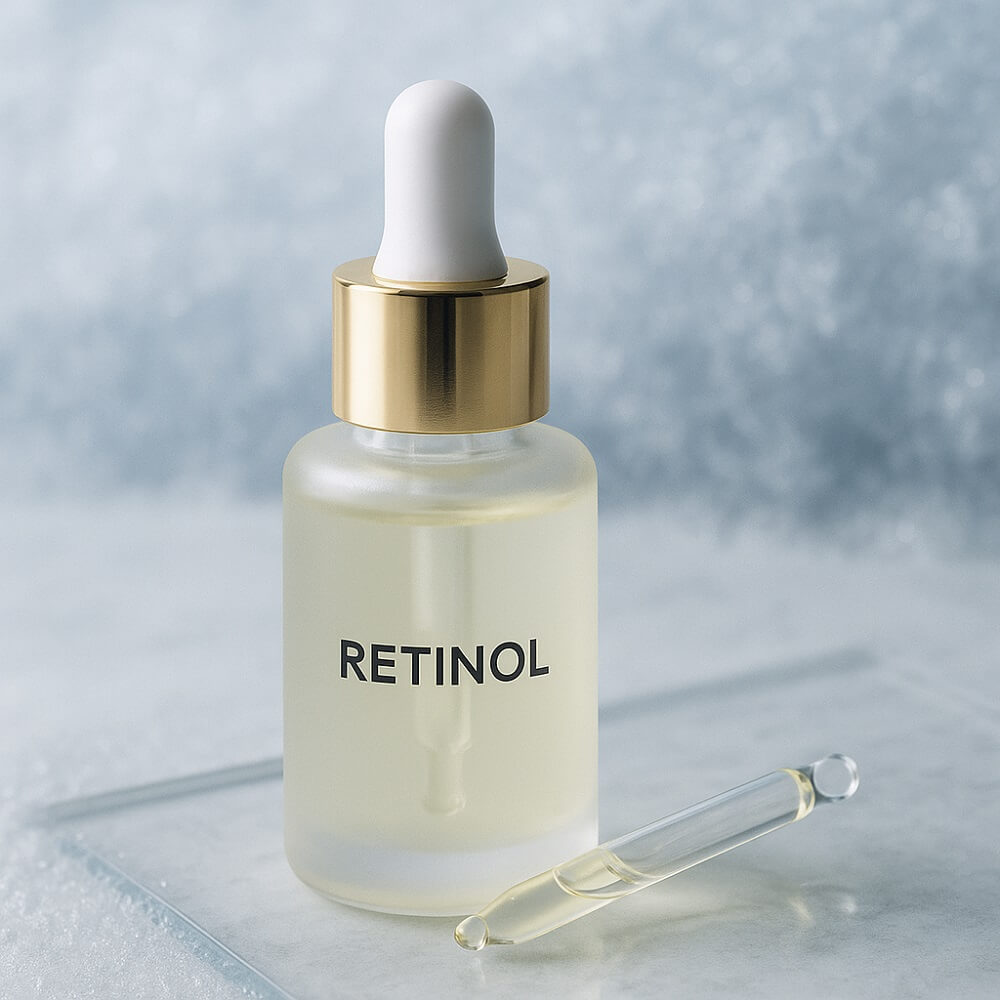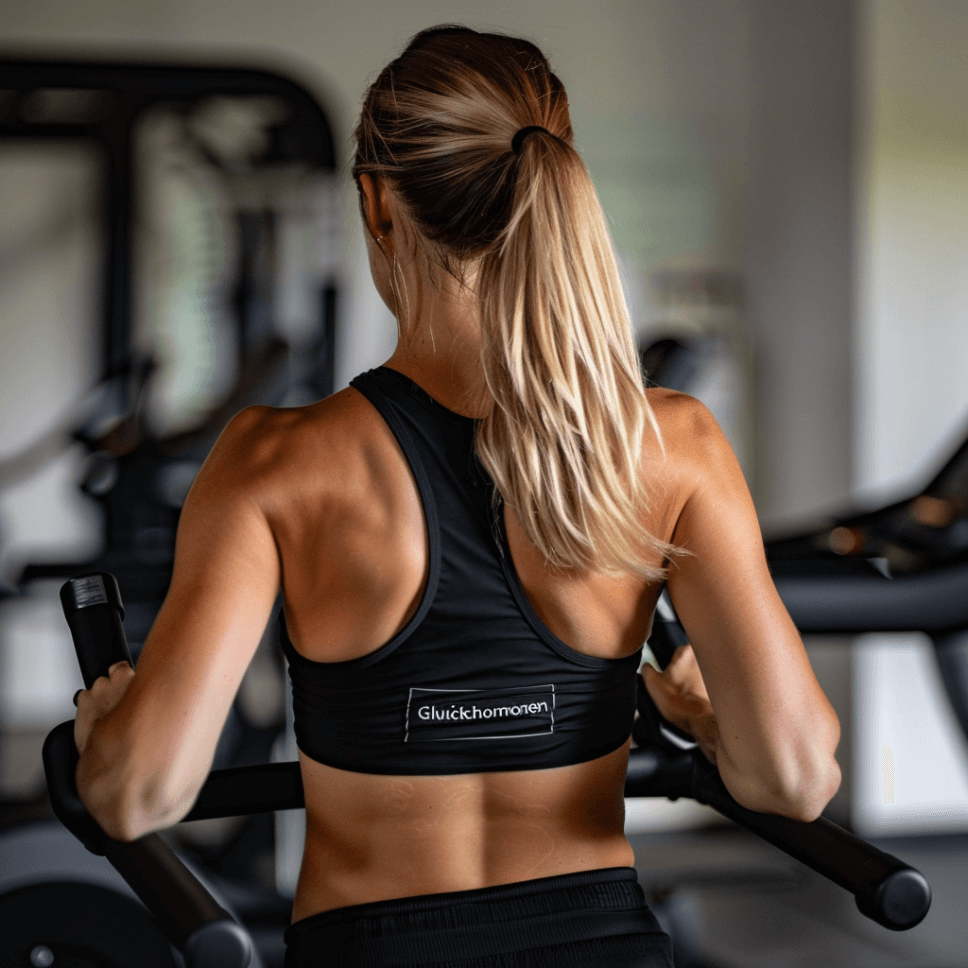Hyaluronic acid: It's all a question of size

There's no getting around hyaluronic acid these days: you'll come across the active ingredient everywhere in cosmetic products, as injections, in dietary supplements.
How does hyaluronic acid work?
Hyaluronic acid is an essential component of our body and is responsible for binding water - up to six liters per gram of hyaluronic acid! This keeps skin, hair and joints in good shape. At least until the body begins to break it down more and more as it ages. The only thing that helps is to supply the body with hyaluronic acid from outside, i.e. via creams, capsules, drinking ampoules, etc. But: Hyaluronic acid is not the same as hyaluronic acid. What matters is the size of the molecule, i.e. whether it is high or low molecular weight.
It depends on the difference
High molecular weight hyaluronic acid has a molecular mass of at least 1500 kD, has a short-term effect and cannot penetrate the skin due to its size. Instead, it forms a film on the skin that moisturizes it and improves elasticity. Low molecular weight hyaluronic acid (50 kD and smaller), on the other hand, is absorbed into the skin and can thereby ensure that water is stored in the skin's connective tissue. This makes the skin plumper and firmer and wrinkles can be significantly improved.
Both variants are good for the skin and the body, so it is recommended to pay attention to a mix of high and low molecular hyaluronic acid. However, the low molecular weight hyaluronic acid should always make up the larger component.
Hyaluronic acid has strong partners
Hyaluronic acid can best develop its effect in conjunction with other anti-aging ingredients such as vitamin A and vitamin C. These stimulate the formation of collagen in the skin, and this is the basis for beautiful and, above all, wrinkle-free skin. Vitamin E and coenzyme Q10 intercept free radicals from the environment and thus protect the skin from oxidative stress.

